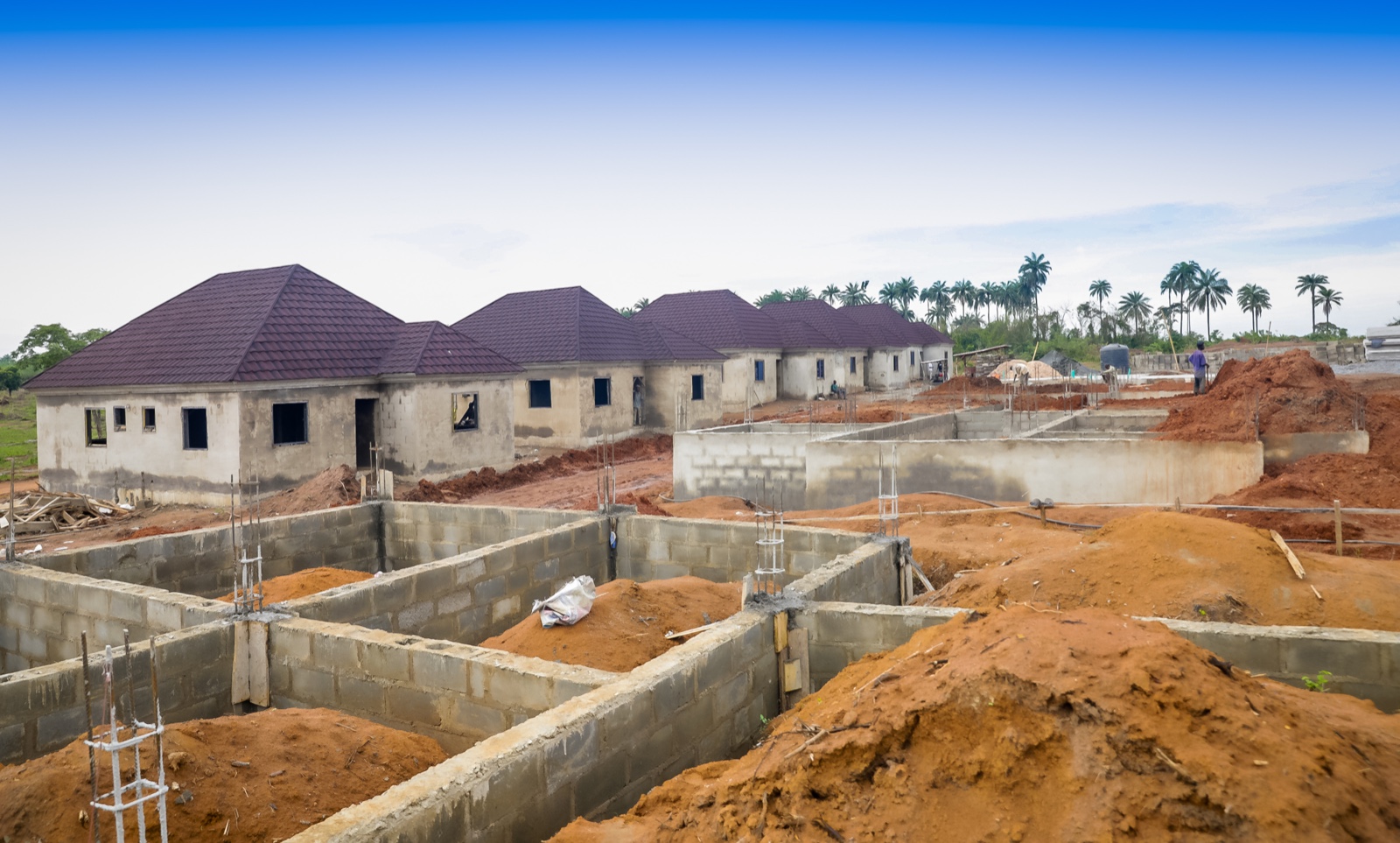Nigeria’s Electricity Subsidy Skyrockets to Nearly N2 Trillion in 2024
Nigeria’s electricity subsidy has experienced a dramatic surge, jumping from N610 billion in 2023 to an eye-watering N1.94 trillion in 2024, according to reports by The Punch. This amounts to an incredible 219.67% increase in the government’s subsidy expenditure within just a year, despite a tariff hike for Band A customers introduced in April 2024.
What’s Behind the Rising Subsidy?
The Nigerian Electricity Regulatory Commission (NERC) and industry analysts point to several macroeconomic factors, including the decision by President Bola Tinubu to float the naira in June 2024 and the removal of fuel subsidies. These measures, while aimed at stabilising the economy, have contributed to soaring inflation and increased the cost of power generation, transmission, and distribution.
How Much Did the Government Pay?
NERC reports that the Federal Government’s total electricity tariff subsidy for 2024 was N1.94 trillion. However, only a tiny fraction—N371.34 million—has been paid out so far, which is a negligible 0.019% of the total obligation. This indicates a significant gap between what is owed and what has been paid, compounding the industry’s financial woes.
The Growing Gap and Its Impacts
The 2024 report highlights that, due to the absence of cost-reflective tariffs across all distribution companies (DisCos), the government accumulated a subsidy obligation of about N1.94 trillion during the year. This was driven largely by government’s policy to freeze tariffs despite rising operational costs, a move that resulted in an average subsidy burden of roughly N161.85 billion per month.
The subsidy obligations were especially high in early 2024, reaching N633.30 billion in the first quarter—a staggering increase of over 300% from the same period last year, when the average was N157.15 billion. Although tariff adjustments for Band A customers (who consume about 40% of Nigeria’s electricity) led to a notable 40% reduction in subsidies between the first and second quarters, the government’s directive to keep tariffs frozen at July 2024 levels caused the subsidy burden to rebound.
By Q4 2024, the total subsidy reached N471.69 billion, driven upwards by macroeconomic pressures like inflation and FX volatility, which kept pushing up the cost-reflective tariffs even as allowable tariffs remained unchanged.
How Are Subsidies Distributed?
The distribution of these subsidies varies across Nigeria’s DisCos. For instance, Abuja DisCo accounts for about N285 billion of the total subsidy, while Ikeja and Ibadan DisCos received N272 billion and N236 billion, respectively. Interestingly, Yola DisCo, with high operational costs, recorded the highest cost-reflective tariff at N266.64/kWh, nearly double the national average, which led to larger subsidy allocations for that jurisdiction.
The Mounting Debt Dilemma
Despite the massive subsidy commitments, the government’s actual payments have been minuscule. As noted in the report, Nigeria paid a mere N371.34 million in 2024, less than 0.02% of what was owed. The debt owed to generation companies (GenCos) has ballooned close to N5 trillion, creating a looming financial crisis in the power sector.
The National Bulk Electricity Trading (NBET) is the main intermediary, receiving government funds to settle these debts, but with the government unable to meet its obligations, the debt continues to grow. Power producers are calling for cost-reflective tariffs, but political and economic constraints have kept tariffs artificially low, worsening the financial strain.
Industry Experts Weigh In
Power sector expert Bode Fadipe attributes the rising subsidy costs to the naira’s depreciation against the dollar, which inflates the cost of imported power equipment and fuel. “Almost everything involved in power generation and transmission is imported or priced in dollars,” he explains. Without adjustments to tariffs, these costs will only escalate.
He warns that unless structural reforms are enacted, Nigeria’s power sector may remain trapped in a cycle of debt and inefficiency for decades. Fadipe emphasises that the sector’s current state makes real reform, including a possible removal of subsidies, challenging but necessary to ensure future stability.
The astonishing rise in Nigeria’s electricity subsidy reveals underlying issues: macroeconomic instability, inconsistent tariff policies, and the inability of the government to fulfil its financial commitments to the power sector. Unless these issues are addressed comprehensively, Nigeria risks ongoing power shortages, escalating debts, and continued hardship for consumers.



